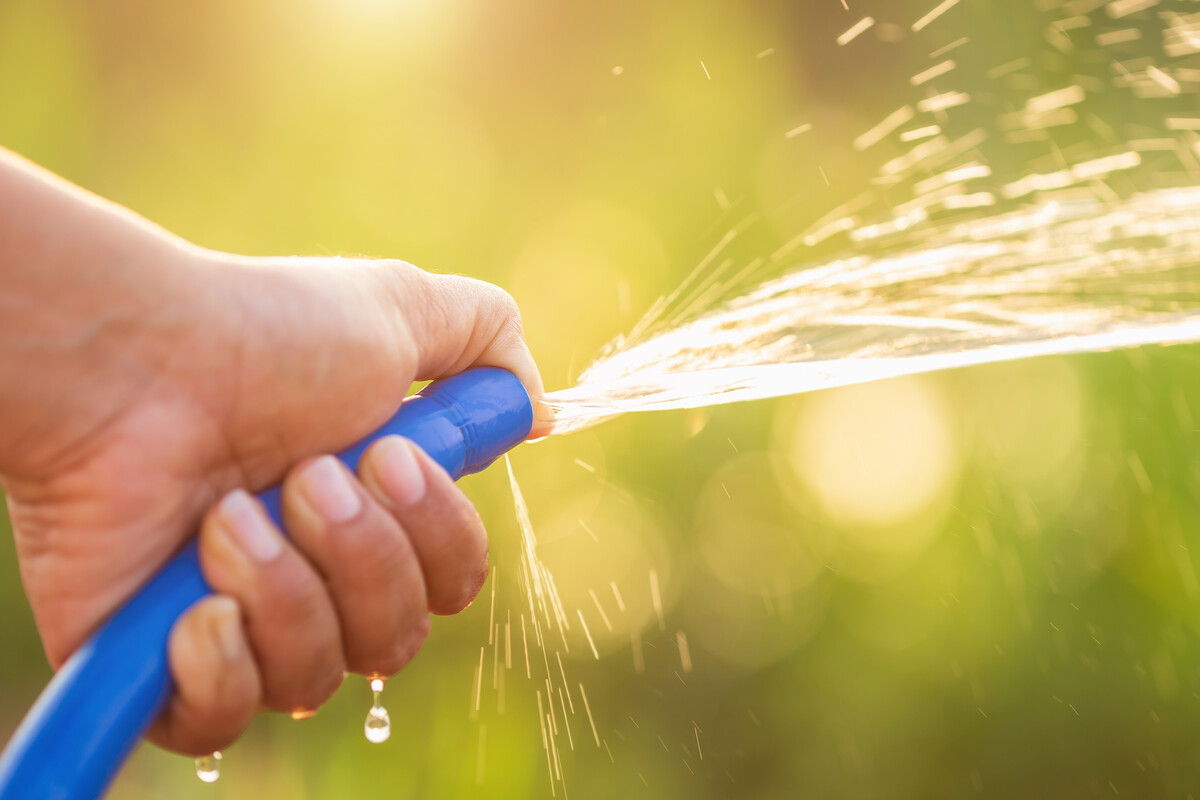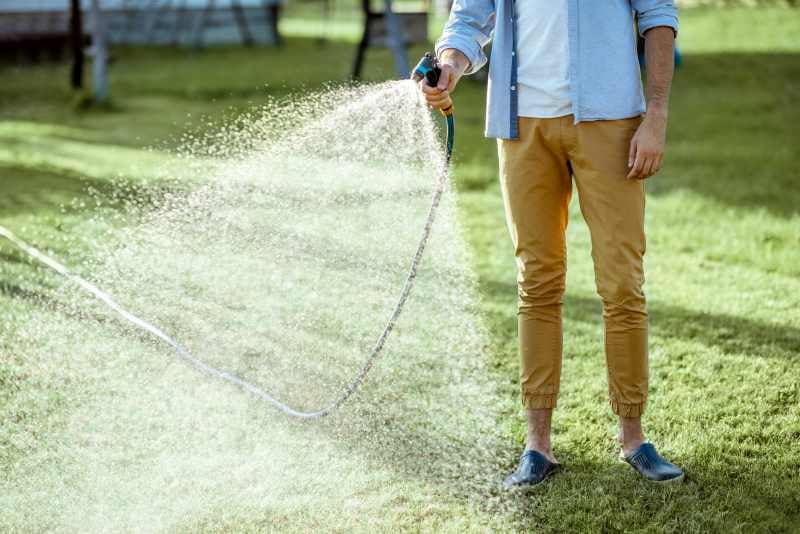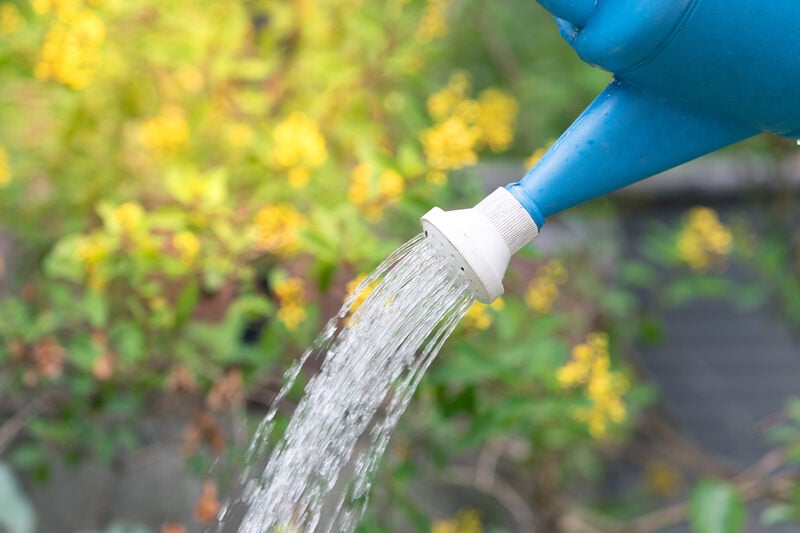
On average, you should water your lawn about 30 minutes at a time, twice a week. That’s because most lawns need about an inch of water a week to thrive, and the average residential irrigation system provides about a half inch in a 30-minute session.
This is a general rule. Other things affect how long you should water your lawn, like the season, the type of sprinkler, and even the type of soil in your yard.
The 30-Minute Rule
Most lawns need about an inch of water a week, including rainwater, to be their best. Irrigation provides about a half inch of water every 30 minutes, so two 30-minute sessions a week will provide sufficient moisture to keep your grass happy.
The 30-minute rule assumes your sprinkler is putting out a half inch of water every half hour.
Automatic, in-ground sprinkler systems are more efficient than store-bought sprinklers that you attach to a hose, so you may need to run the store-bought variety a little longer to pump out the half inch of water your lawn needs each session.
If you’re not sure how quickly your sprinkler system waters your lawn, you can try the tuna can test.
- Place an empty four-ounce tuna can or another wide-mouthed contained on your lawn
- Begin watering and record what time you began
- Stop watering after 30 minutes and measure the water in the container
- If the container has more than a half inch of water, reduce watering time to less than 30 minutes; if less than a half inch, increase watering time
Factors that Affect Watering Time

The season: Cool-season grasses like those found in most of the Northern U.S. grow most vigorously in the spring and late summer/early fall. This is when they need the most water. During the summer, they often go dormant, so you can reduce irrigation to 30 minutes a week in two 15-minute sessions.
Warm-season grasses like those found in the South need more water in the spring and summer and less in the fall and winter.
Soil types: Sandy soils like those found near coastal areas drain quickly, so you may need to increase watering time to 45 minutes. Clay soils retain water well, so you may need to decrease watering time to 15 minutes each session.
New lawns: A newly seeded or sodded lawn needs to stay moist so it may need 5 minutes of watering every day or two. Once the grass grows to about 3 inches, you can water it normally.
Signs that Your Lawn Needs More, or Less, Water

It can be difficult to tell if you are overwatering or underwatering your lawn. Here’s how you can tell:
Signs of Overwatering
- Discoloration
- Limp grass
- Mushrooms growth
- Spongy turf
- Visible standing water
Signs of Underwatering
- Discoloration
- Thinning or wilting grass blades
- Dry soil
- Lingering footprints
- Slow growth
Trust the Pros
Keeping up with the demands of your lawn can be tough. A good lawn care program includes mowing, trimming, weeding, fertilization and pest control. If that sounds daunting, call LawnStarter. Our lawn care professionals are expert at building great lawns at prices you’ll love.
Main Image Credit: SKT Studio / Adobe Stock Free / License